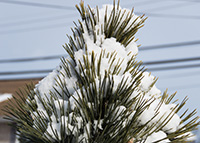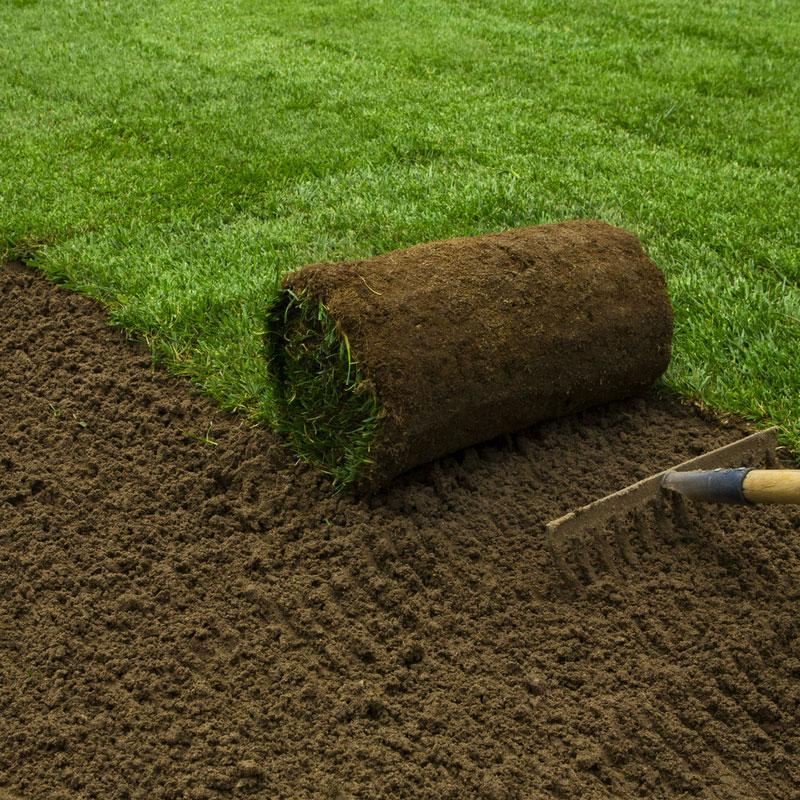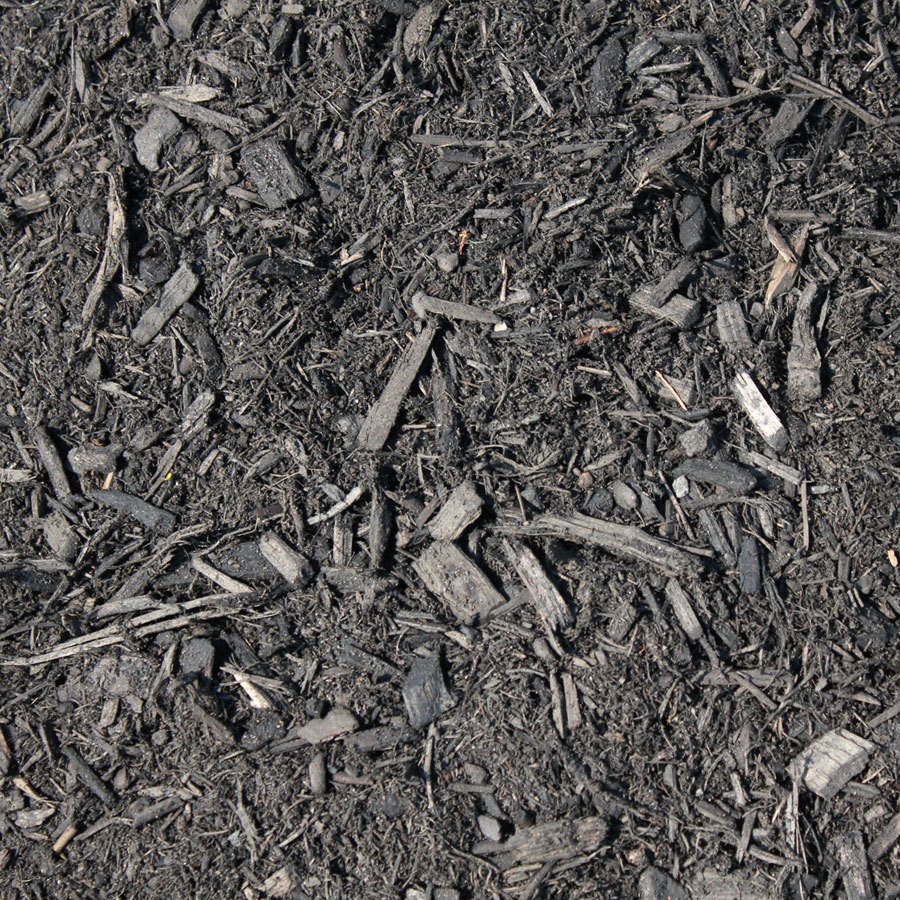
"Well winter is over and did we have a long one this year!"-- is our mantra in New England come Spring.
The good news:
- A winter with heavy snow gives plants great insulation at their root, and frost never really develops in the soil.
- Insulating the roots typically gives plants a stronger root system & they could produce more flowers/fruits the upcoming year
The bad news:

- Many tops of larger broadleaf everygreens were expsoed to the cold winds & could not get ample water to remplish themselves
- In areas where snow did not mels, the stems froze, causing some death to the leaves and stems
So what happened to your plants?
Everywhere I drive I see many broadleaf evergreens that show signs of winter damage. I don't believe that all of these plants are dead. Many of the leaves will fall off and new growth should replace the plants in late spring.
Time will heal all and you must be patient and wait until the temperatures warm up to see what is alive vs. dead. You could remove any of the dead leaves, this will advance the new growth behind the leaf. If the stems are brown and the leaves then those parts are considered dead.
In winters with little snow, there is no insulation to prevent roots from freezing and thawing, which leads to death for many plants. A few years ago, for example we had no snow cover and plenty of cold temperatures, complicated by cold winds. Many plants desiccated and died, even varieties that are considered hardy in this region.
What is Latent Winter Kill?
Later this spring, you may see some latent winter kill, especially with the build up of snow and ice around the main trunk and branches of some plants. What happens is the cold ice freezes the cambium (tissue of the plant). The plant has stored energy in the stem.
Once the warm temperatures of spring start, the plant relies on the stored energy in the roots and stems to develop the leaves or flowers. If the winter froze and killed off any of the stored energy in the stem, then the plant will start developing growth from the roots.
Sometime in May the plant is looking to use the stored energy in the stem and it is gone. Then the plant will show stems and foliage dying.
Most customers that see plants developing growth and then see it browning or dying assume an insect or disease has consumed it and we should have a product to remedy it. This is not the case. You can’t fertilize or spray any product to revive the dead.
It is possible that only a few branches on certain sections of the plant will show damage, if that is the case prune off those dead branches. You can also fertilize the plants with Holly-tone and water when necessary. Proper pruning is crucial to plant health.
As you look at the plant material in your yard, pay close attention to splitting branches on shrubs and trees and road salt damage. These are the other major problems that affect the way plants will grow.
Watch out for Damage from Build Up of Snow and Ice
Build up of snow and ice on the branches of many plants will cause breakage. Some plants are more resilient to the weight and will bounce back. Many other plants are fragile and because of the heavy snow in March, you will see plants with cracked stems or branches.
If any plants have branches that are broken, regardless of their size, you can’t tape them back together. Once the wood is exposed, rot will shortly develop in that location.
The only way to prevent the plant from dying is to prune the branches off below the damage, to the next set of healthy branches. In most cases, new growth will develop from that junction to replace the broken branches.
Use proper pruning techniques with the correct tool. If many branches have been broken and the plant has lost 50% or more of growth, we would recommend replacing the plant.
Identifying Sun Scald & Winter Burn
March also gave us a lot of sunny days. We all hoped it would melt the snow; instead the sun intensity compiled with the snow reflection and cold temperatures create burn and frost cracks on many plants.
You will notice evergreens with just one side having browning foliage. This is only burn to the foliage and we would not recommend pruning any branches until you check to see the viability of the stem. If the stems are alive then many of the evergreens will have new growth coming in late May to replace the brown foliage.
Please wait until late May before pruning. While winter damage can make plants unattractive, you may be removing healthy stems that could look like a new plant by late spring. If you do notice that the stems are completely dead then it would be recommended that you prune.
In most cases the burn will be on the west facing locations. That is because of the suns’ intensity. Usually thin barked trees, like Kwanzan Cherry, Red Maple and Dogwoods get frost cracks on the main trunk, probably on the west side.
Frost cracks will not kill the tree. Usually a new bark forms over the crack and in time the tree will heal itself. Later in the season people may find insects residing in or near the crack.
They are there because it is a great place to hide and live. They are not the reason for the crack. If the tree is not doing so well you probably have another problem on your hands.
How do you fix the problem?
The best way to prevent winter damage is by watering your plants well into the fall until the ground freezes, this is typically around Thanksgiving. You could also spray an antidesicant in the Fall, and be sure to mulch your plants heavily before winter snows begin.



